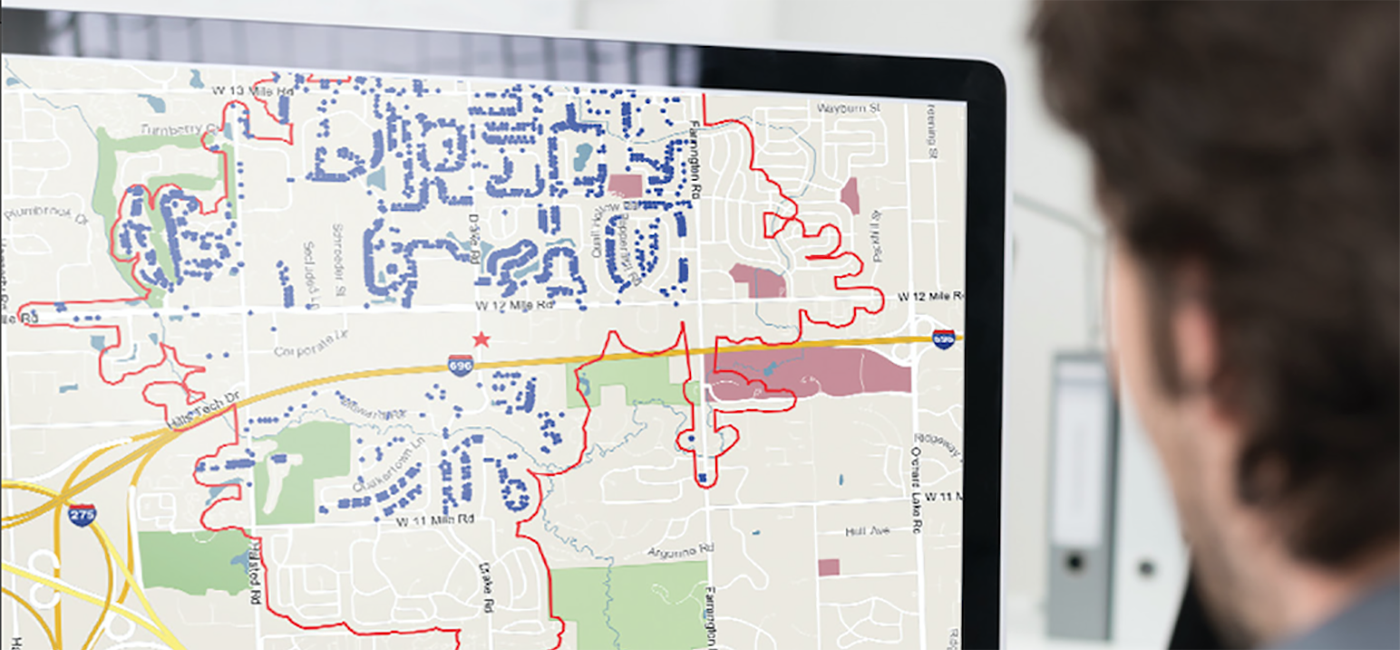| By Stacy Lein, Adult Programming Librarian, and Adam Elsholz, Assistant Library Director, South San Francisco Public Library, CA |
Data, data everywhere. Libraries co-exist with loads of data but don’t really know how to use it. When the Peninsula Library System, a consortium of 32 city, county, and community college libraries, heard about Gale’s Analytics On Demand, we were interested in its capabilities, but when it came down to using it, intimidation set in. Working as a group helped us analyze what the information was telling us and ultimately what the tool could do.
TARGETING EXISTING CUSTOMERS
We decided a good first step would be to capture the low hanging fruit—existing library cardholders that had not visited their library in more than a year. After much collaboration, the Peninsula Library System planned a mail campaign using Analytics On Demand’s Marketing Action Report (Patrons) to remind patrons about the variety of services their libraries have available and let them know we had more than just books.
FINDING OUR POWER USERS
Back in South San Francisco, we used Analytics On Demand to create marketing guides for staff. Adult and youth services team members discussed our largest customer segments at weekly meetings (these are referred to as Mosaic® lifestyles by Experian). The Mosaic descriptions were incredibly helpful, and an ideal resource when introducing staff to basic marketing concepts. Although opinions varied as to who we thought our biggest users were compared to the data in each report, the findings added energy and purpose to our discussions. The discussions resulted in several takeaways that impacted the services and collections we offered. For example, our largest customer segment travels abroad frequently. To ensure we meet their needs, it was essential that our travel guides focused on breadth and depth, especially for Asia and Latin America.
TARGETING NEW CUSTOMERS
The reports generated by Analytics On Demand and the subsequent conversations have revitalized our marketing materials, including the creation of several brochures tailored to customer lifestyles. With the Mosaic profiling, we were able to create personalized brochures for each major segment. Instead of telling our customers that we have lots of books, we can now provide a brochure for our “Cosmopolitan Achievers” group that highlights our current travel guides, cookbooks from around the world, and also our calendar of cultural events. We also have a brochure at our branch library that highlights our fine-free children’s cards and Spanish-language music collection.
GEARING UP FOR DATA BOOT CAMP
Launched in 2015 by the Colorado State Library and the Colorado Library Consortium, the Research Institute for Public Libraries is a singular event for public library leaders and others interested in public library data and evaluation. Attending this immersive event, we learned practical, strategic methods of gathering, analyzing, and using data for planning, management, and communicating impact. Thanks to the support of the Institute of Museum and Library Services, a grant funded a two-day data boot camp for 50 libraries, representing the many different communities present in California, serving populations from 30,000 to over a million. Preparation work for this boot camp included reading articles that offered clear definitions of inputs, outputs, and outcomes as well as coming prepared with a library project for hands-on experience. The projects presented touched on summer learning, story times, staff efficiency, services provided, collection management, and personnel management. While we were there, we learned what inputs, outputs, and outcomes were present in our projects; how to collect data for a needs assessment by researching national public data sets, local records, library data, and market segmentation. Much of this data could be compiled and presented by Analytics On Demand.
Finally, we participated in a hands-on, group exercise where we were tasked with analyzing data and telling a story through the visualization of that data. This was a great way to collaborate with other libraries, build a network, and share ideas about how to make data-driven decisions. We competed against seven other groups. Guess what? Our group won the challenge! Shout out to Thousand Oaks Public Library, Los Angeles Public Library, Folsom Public Library, Coalinga-Huron Library District, and San Luis Obispo Public Library for being such great teammates.
CONCLUSION
At South San Francisco Public Library, Analytics On Demand is part of our team’s marketing “toolkit.” It enables us to better adapt and personalize our offerings, services, and promotions to the people in our community. Having the opportunity to pair Analytics On Demand with the workshops and collaborate with other public libraries has increased our team’s ability to serve our community and their needs.
Want to learn more about Analytics On Demand? Contact your rep today!
VIEW OR DOWNLOAD THE DIGITAL VERSION OF IMPACT >>nike high heels gold and diamond

